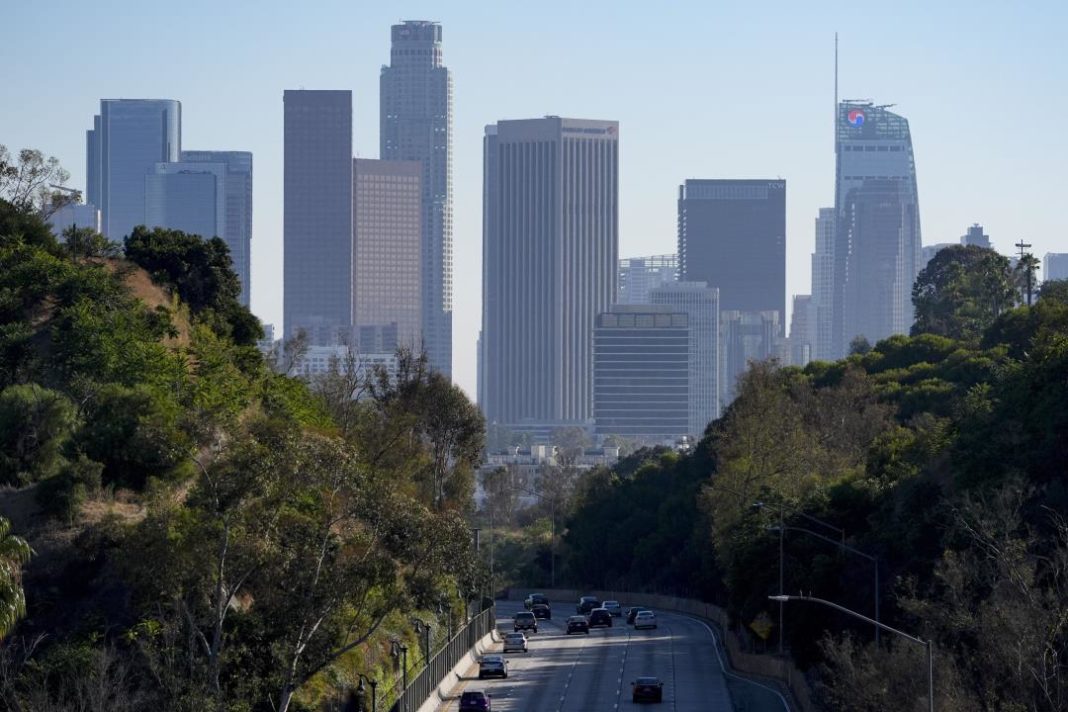The San Andreas Fault is probably the best known fault in California, but scientists say a different fault system was likely behind Monday’s 4.4 magnitude quake in the Los Angeles area. Although seismologists note that multiple faults run through and near the City of Angels—including the Elysian Park Fault and the Raymond Fault, per CBS News and the Washington Post—signs are pointing to the Puente Hills thrust fault system, which was responsible for the Whittier Narrows 5.9 magnitude earthquake in 1987 that killed eight, injured hundreds, and caused upward of $350 million in damage.
Caltech seismologist Lucy Jones explains to the Los Angeles Times that the Puente Hills thrust is a sophisticated network of fault strands, and that the strand that may have caused Monday’s temblor could have been a smaller, unnamed one. It’s the potential that the Puente Hills fault system holds, however, that concerns scientists: Running underneath both Los Angeles and Orange counties, a magnitude 7.5 quake arising out of that system could lead to between 3,000 and 18,000 deaths, plus leave more than $250 billion in damage in its wake, per the US Geological Survey and Southern California Earthquake Center.
That would make it the most expensive natural disaster in US history, the Times notes. “It’s a reminder that this is actually our most dangerous fault,” Jones says. The paper reports that major quakes emerging out of San Andreas happen once every hundred years or so, while ones from the Puente Hills system only take place every few thousand years. Still, experts are saying it doesn’t hurt to prepare for the Big One. “People really need to be ready for a very, very large earthquake, or earthquakes, in LA’s future,” says USC earth sciences instructor James Dolan. “It’s going to happen. We don’t know when. We don’t know exactly which fault is going to generate those earthquakes, but they are going to happen.” (More earthquake stories.)


